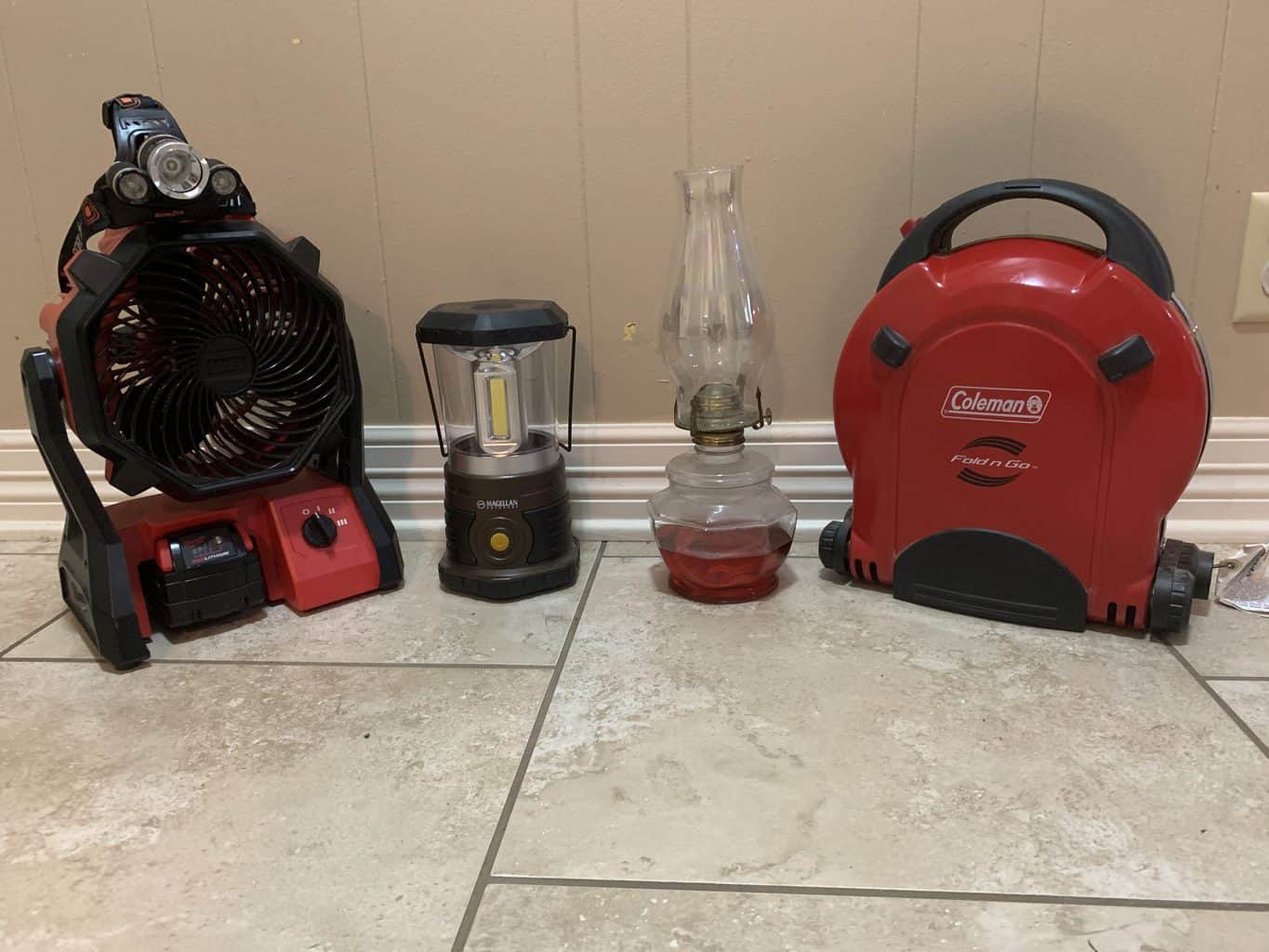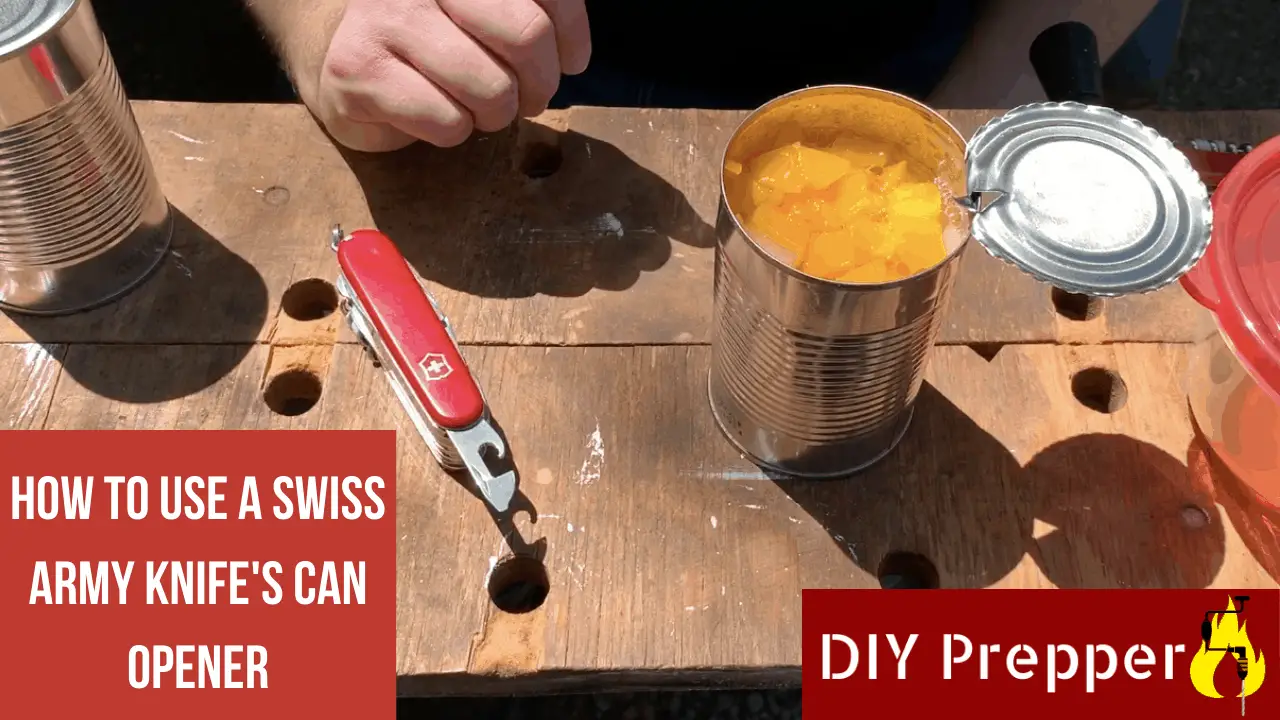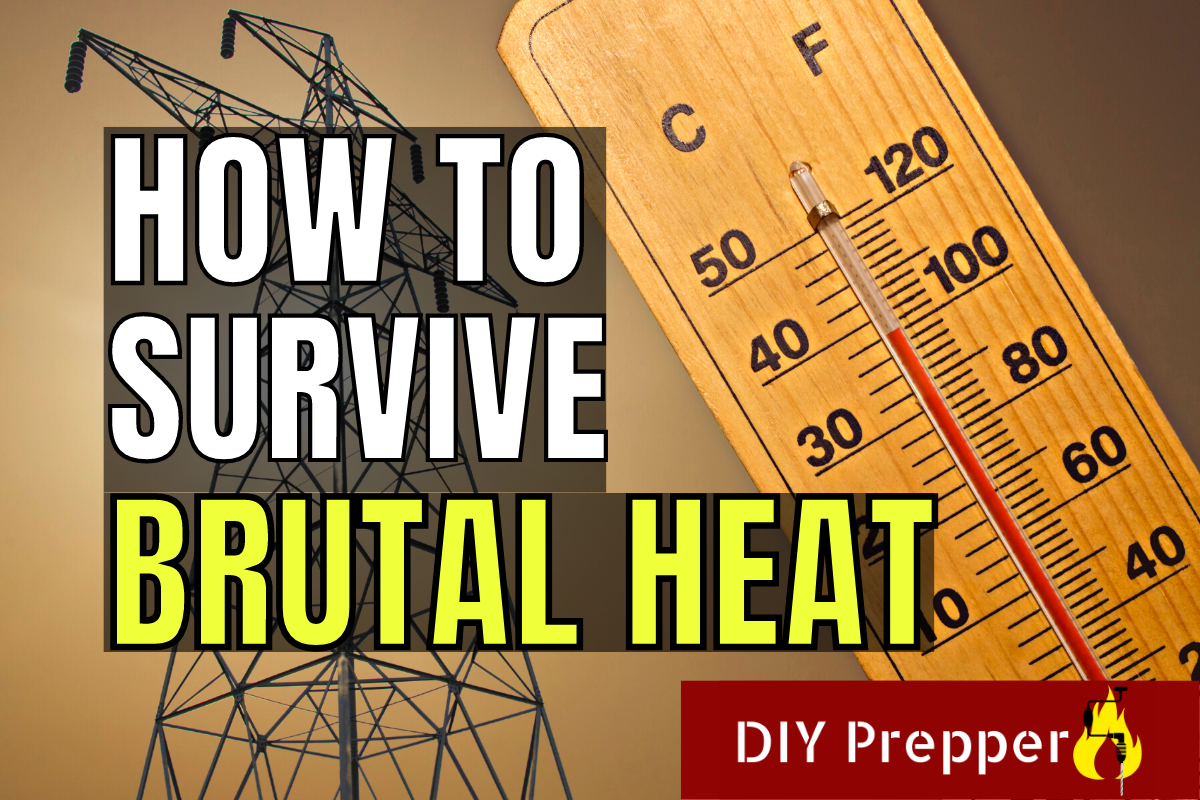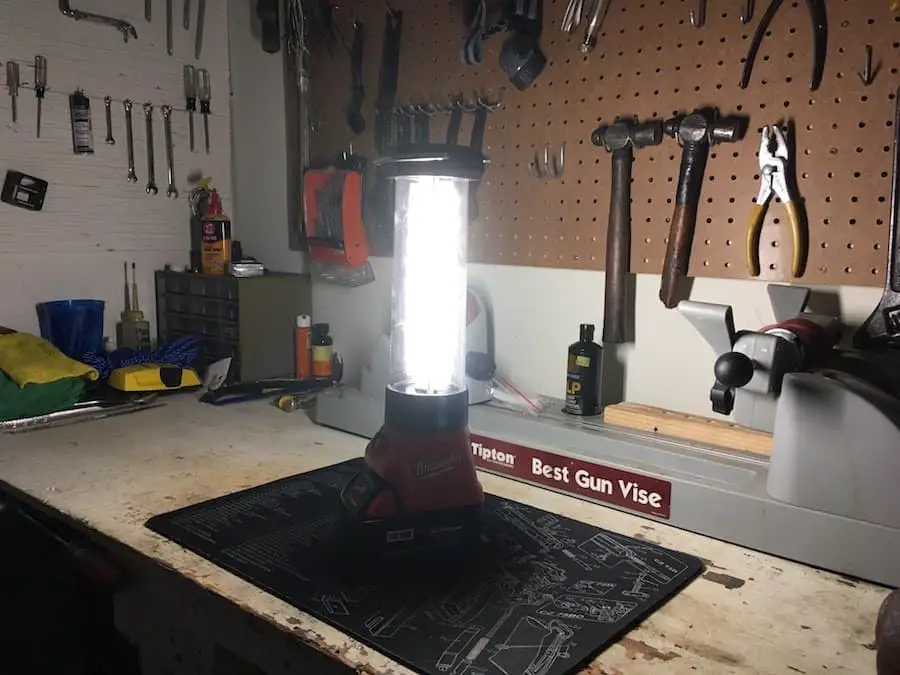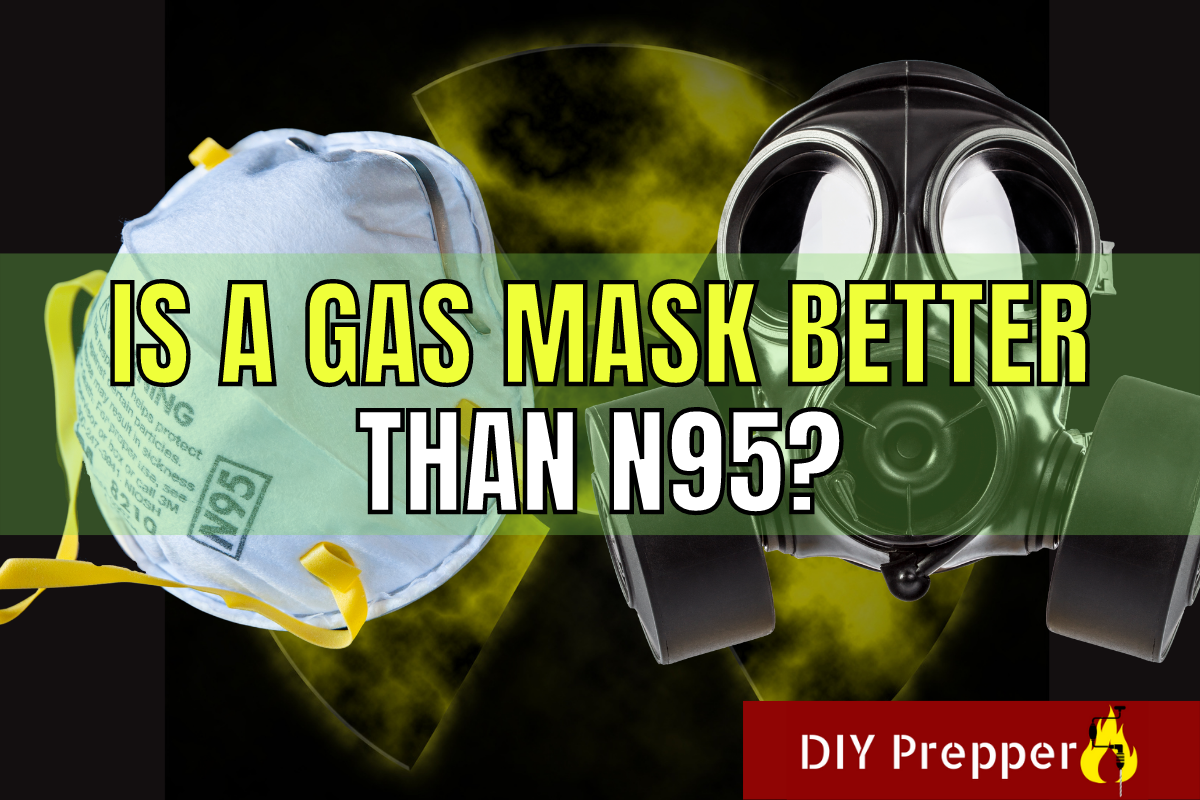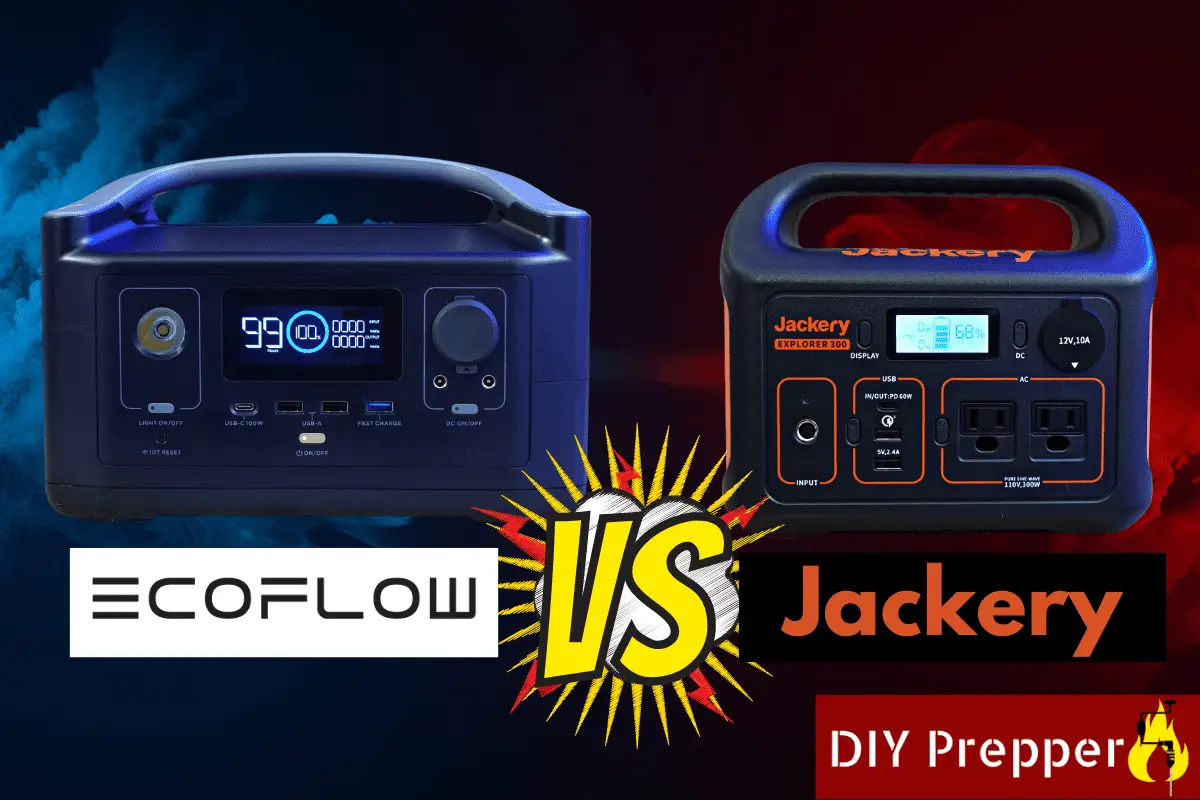How to Purify a Contaminated Water Source
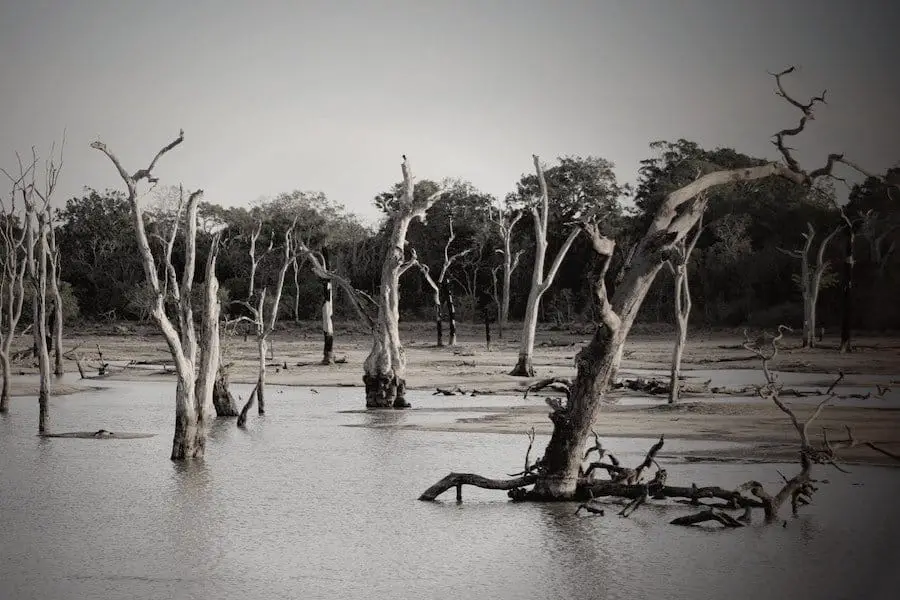
In an emergency, water sources may become contaminated. Many people think of this happening in a full-blown TEOTWAWKI scenario, but it happens in smaller-scale incidents all the time. Hurricanes, earthquakes, and even tornadoes are just a few common natural disasters that can bring down municipal water systems. In situations such as these, you won’t be able to just turn on your faucet and get water. You will need to rely on your water storage and have the ability to purify water.

You may need to get water from anywhere you can, including streams, puddles, lakes, or even swimming pools. Water from these sources may have all sorts of contaminants. These may include bacteria, chemicals, and even viruses. While some of these will make you sick for a few days, many contaminants could kill you. Due to a lack of medical resources, some illnesses that may not normally be fatal could kill you in an emergency.
After a flood, sewage will go into creeks, ponds, and even puddles in people’s yards. This means that water sources which could have just been filtered before will be contaminated with viruses and chemicals. Even if there isn’t a flood causing sewage to flow into water sources, people themselves may ignorantly pollute them by dumping waste into them.
In a situation such as this, relying on one method to purify your water could be a fatal mistake. Because of this, it is wise to use multiple steps to ensure that your water is free of as many contaminants as possible. Here are some steps that you can take to reduce the chances of you or your loved ones being harmed by contaminated water.
Related: How Do Preppers Store Water? Storage Ideas and Solutions
Avoid Contaminated Water
This may seem obvious, but, if possible, avoid water from contaminated sources. No matter what water purification methods you have at your disposal, some water sources are just too dangerous to mess with. If you live next to a nuclear power plant (that was your first mistake), drinking cooling pond water should not even cross your mind. However, avoiding bad water sources such as that requires you to be aware of your surroundings.
Know about any power plants or manufacturing facilities that may produce or use toxic substances. Contaminants from these types of facilities may flow into nearby streams or lakes and can even enter the underground water table. This can happen even if the contaminants originate from many miles away. Numerous water sources, including huge lakes, have been rendered unsafe due to industrial pollution.
If you have reason to believe your water is contaminated beyond use, implement a makeshift rainwater harvesting system immediately. You can use tarps, plastic storage boxes, trash bags, and many other items to collect water whenever it rains. Do not wait to do this until you have used up all of your water storage. Of course, it is better to install a real rainwater harvesting system before a disaster so that it is set up and ready to go. If you already have a system and know that rain is coming, empty your barrels into any safe container you have prior to the rain. This allows you to store more water when the rain arrives.
Wear Protective Gear
You need to wear protective gear to put a barrier between yourself and any contaminants in the water. These include but may not be limited to rubber gloves, a face mask, and eye protection. This is a good idea even if you don’t think the water is contaminated. However, it is a necessity if you think your water source may have been exposed to human waste or chemicals. Water sloshes around and splashes all over the place. Dirty water splashing into your mouth or your eyes could make you sick or cause an infection.
If your water source is contaminated, whatever is in it may not just be dangerous only if ingested. Bacteria, viruses, and certain chemicals pose a threat even if they just come in contact with your skin. If you have cuts or other injuries, the threat will be even greater. This is why it is important to cover as much skin as possible, especially your hands.
After you are finished handling the dirty water, be sure to bathe as thoroughly as possible. Ensure that your hands are completely clean. Avoid making yourself or others sick by passing around a waterborne illness.
Pre-filter
After you put on your protective gear, you need to pre-filter your water. This will remove sediment and other debris, such as grass, from the water. Pre-filtering is important in an emergency situation because you must take care of your primary filter. If you have invested in a quality water filtration system such as a Berkey, Sawyer, or Katadyn, you want to preserve your investment and keep it operational as long as possible. While each filter or purifier has different filtration abilities, all of them will benefit from not having larger contaminants clogging them up.
How to Make a Pre-Filter
There are several ways to make a homemade filter, but one of the best ones uses a 5-gallon bucket. It probably won’t remove biological or chemical contaminants, but it should do a good job of removing larger sediment and debris. This is a gravity-based filter, so you will need to make sure that your bucket has a handle so that you can hang it up. Start by drilling a hole in the bottom of your bucket. After this, shove a clean sock or rag into the hole, plugging it up. This will help prevent the filtering materials in the bucket from coming out.
Next, add a layer of charcoal to the bottom of the bucket. This needs to be a few inches thick. Make sure that you do not use charcoal briquettes for grills. These contain chemicals that help the charcoal light. You can order activated charcoal online or you can use campfire coals. If you do this, make sure that you grind the coals into as fine of a powder as possible. This will help give it more surface area to absorb contaminants.
After you add charcoal, add a thick layer of sand on top of it. Try to pack it down, as this will force the water to pass through smaller gaps as it goes through the sand. This will help remove small sediment from the water as it passes through. After this, add a layer of small gravel, about the size of a dime or smaller, on top of the sand. Finally, add a layer of larger rocks on top of the gravel. Try to fill your bucket as much as you can.
Boil the Water
The next thing you need to do is boil the water. This will help kill almost any bacteria or viruses in the water. While most filters will remove a large number of bacterial contaminants, many are not rated to remove viruses. While viruses are not currently a major problem in most North American natural water sources, they may become one in an emergency. As stated before, floods can cause human waste to enter a water supply. This is the most likely way that viruses will enter streams, lakes, and other backcountry water sources.
How long you need to boil your water will depend largely on your altitude. For altitudes less than one mile, you will need to let the water reach a rolling boil and keep it there for at least a minute. A rolling boil is not when there are a few bubbles floating to the top or gathering at the bottom of your container. It is when the water is moving around all over the place, like a storming ocean.
If you are in an area with an altitude greater than a mile, you will need to boil your water for five minutes. Just like lower altitudes, the water must be at a rolling boil, not just bubbling a little. The reason why water must be boiled longer at higher altitudes is that water boils at a lower temperature. This additional time gives the heat more time to kill bacteria and viruses.
Filter

If you have a commercial water filter, you will use this next. By now, you should have removed a large number of biological and chemical contaminants as well as any large debris that may have been in the water. You can now use a filter system to, hopefully, finish off anything that still may be lurking in your water. Doing the steps listed previously will also help extend the life of your main filter.
Some filters, such as the Berkey, can remove biological and chemical contaminants. However, other filters, such as the Sawyer, are only meant to remove bacteria and sediment. If your filter does not remove chemicals, you need to run your water through activated charcoal before consumption. If you have a filter, such as a Sawyer Squeeze, you can purchase an activated charcoal filter that you can install “downline” of your main filter.
Activated charcoal is probably the most commonly used method to remove chemicals from water supplies. As water passes through it, the activated charcoal absorbs chemicals into it. If you already had activated charcoal in your pre-filter, you may feel like this is unnecessary. However, adding another layer of protection is never a bad idea, especially if not doing so could result in serious illness.
Conclusion
Although doing all of these steps may seem like overkill, if your water source is contaminated they may save your life. Different types of contaminants require different methods of removal. Setting up your water plan to address as many of these methods as possible will give you and your loved ones the best chance of avoiding illness and death.

